Bottom Contour
Different Concaves for Your Waves
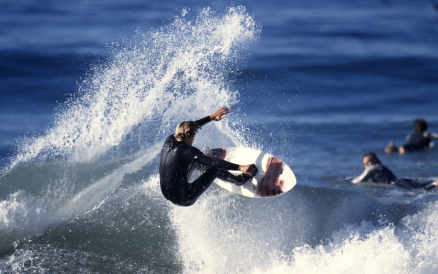
Knowing the different surfboard bottom contours and how they affect surfing performance will help you communicate with your shaper or local surf shop for your next board. You want to use the right equipment given your skills, the waves you ride, and how you want your surfing to progress. Two of the more important surfboard bottom contours to know and understand are the single concave and the single to double concave. Let’s dive in.
Single Concave
The road map of a surfboard with a single concave bottom will look something like this: The first 12-20 inches of entry will be either flat, have a slight roll, or have a slight vee; this is followed with a shallow single concave that will increase in depth until it reaches its max depth just in front of the outside fins; the concave then slowly decreases in depth through the center fin to the tail.
A single concave channels water from the front of the surfboard until it passes the fins and out the tail of the board. The design allows for faster surfing and works very well in large clean surf. It is not particularly versatile as it does not do well in choppy surf, but the speed makes it a very popular choice. A single concave will enable tighter turns, but it can sometimes stick to a wave face causing it to track and become less maneuverable. For this reason, many shapers will gradually introduce a double concave to their surfboards.
Single to Double Concave
In most cases, the surfboard will have a single concave leading from the nose and will gradually fade into a double concave as it nears the tail. The single concave upfront provides a good planing surface for drive and the double concave in the rear loosens up the board. The double concave will actually channel the water into two streams through the fins and out the tail.
The single to double concave is the bottom contour of choice for most modern shortboards. It utilizes the strengths of each design while muting their disadvantages. It reduces the tracking of a single concave while still allowing for a fast ride and a loose feel to the surfboard.

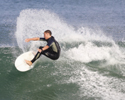

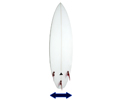


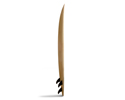
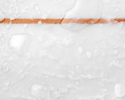
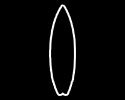



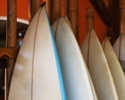
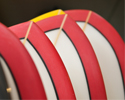
0 Comments